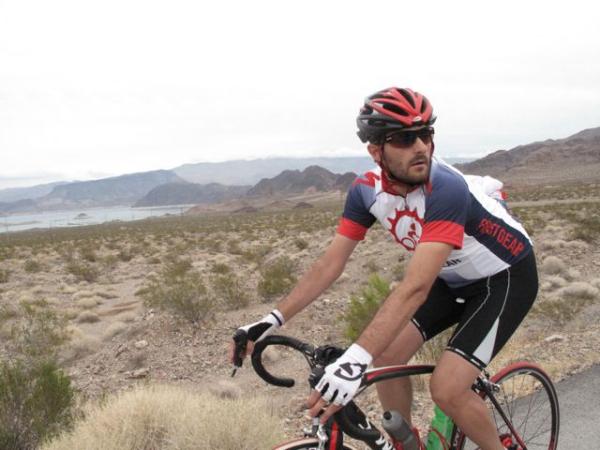De Gendt: The art of the breakaway specialist
Belgian shares his six tips for picking the right move and winning from it
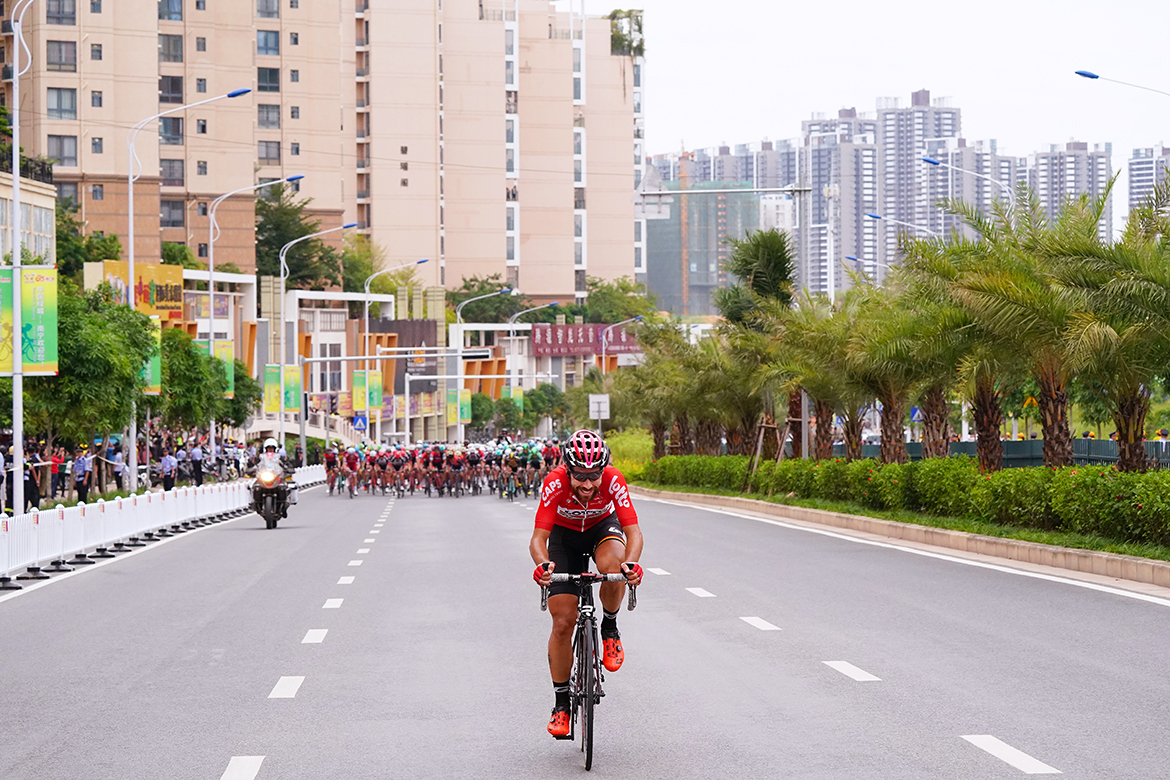
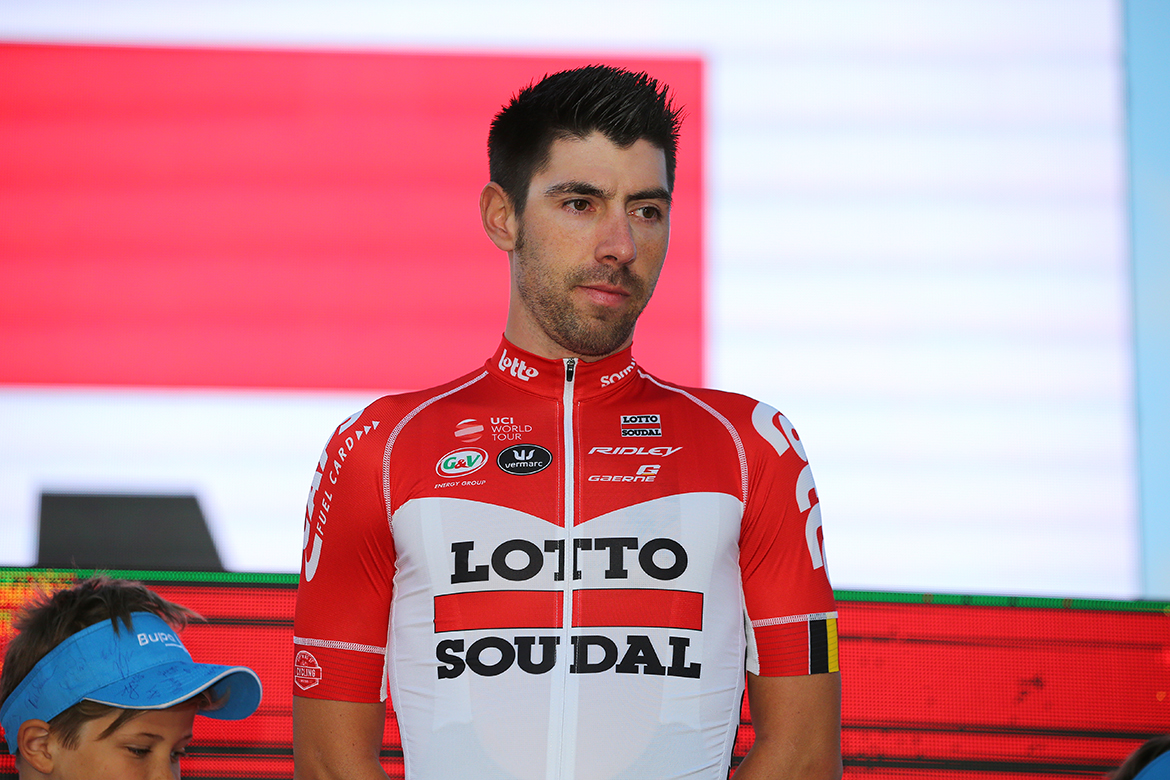
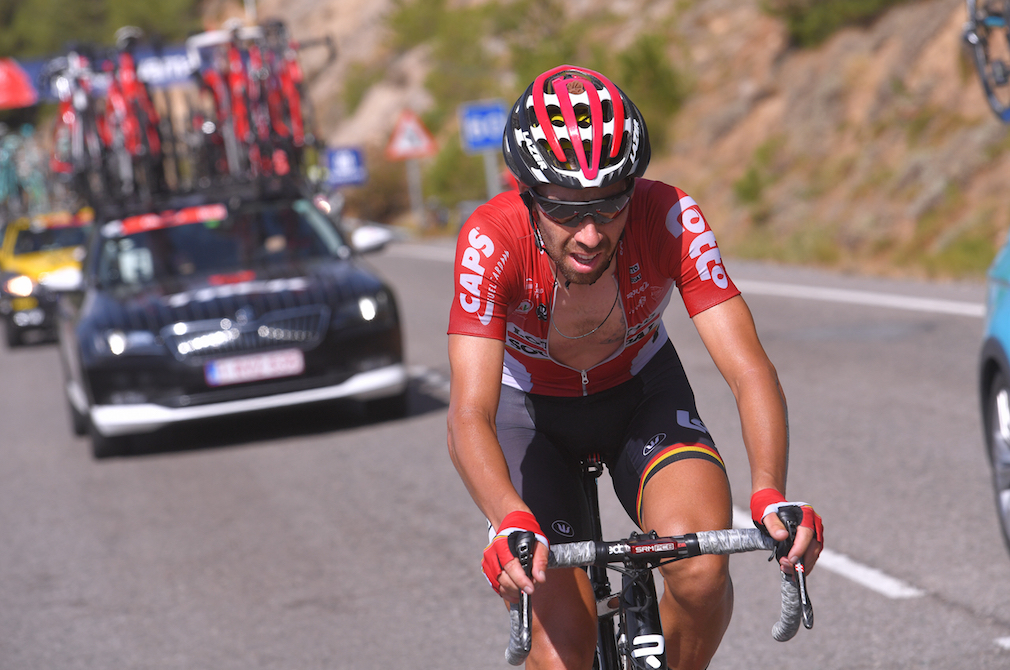
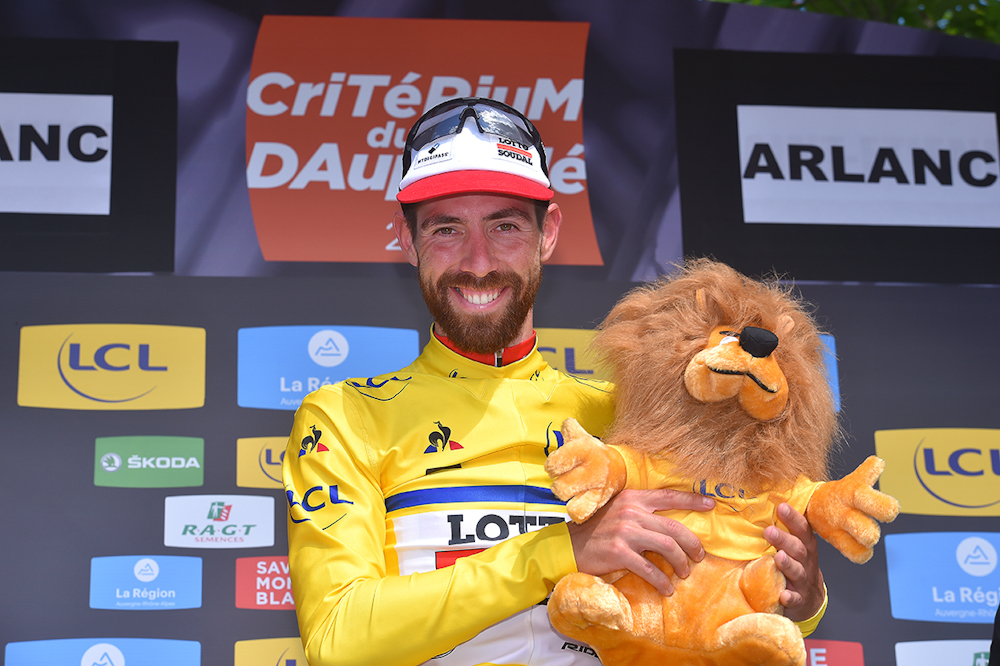
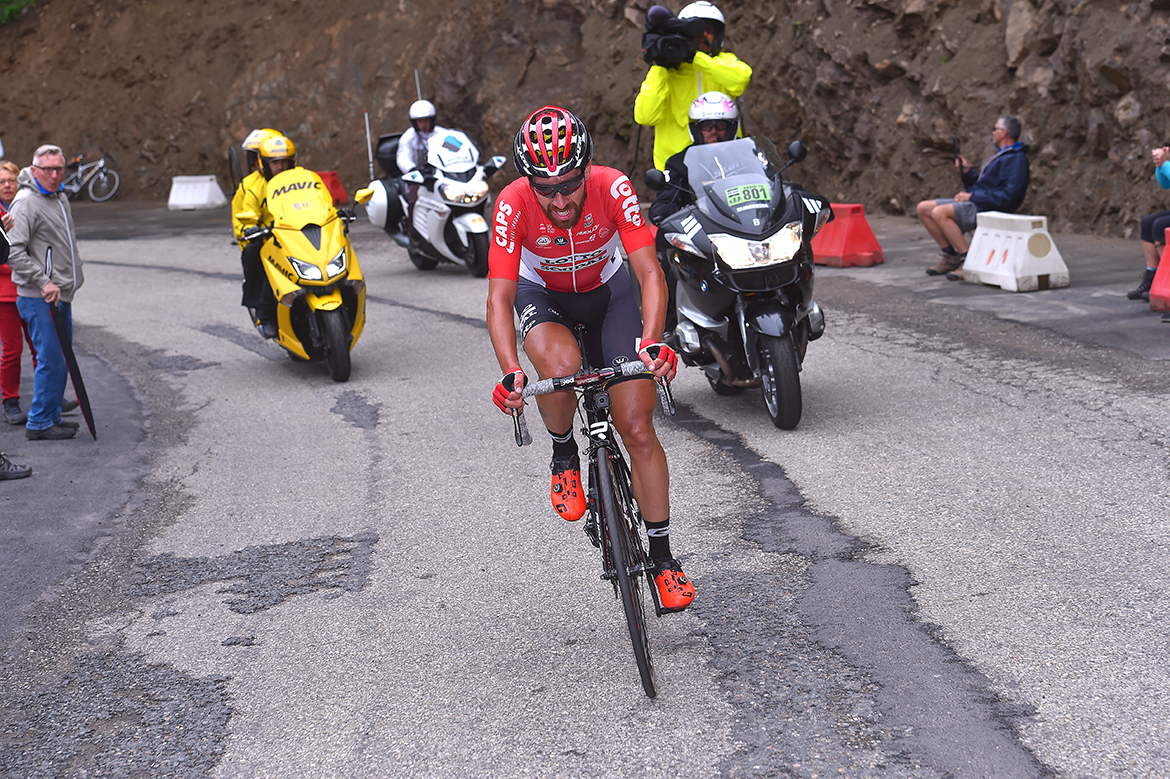
At 31 years of age, Thomas De Gendt has firmly established himself as one of the best breakaway riders in the modern peloton. Stages in all three Grand Tours, along with numerous other victories, litter an already impressive palmarès.
During the recent Tour Down Under, the Lotto Soudal rider sat down with Cyclingnews to share his insight into how to pick the right move, and what to do once he's in it.
Preparation
You have to pick the right moment. I always look at the stage the night before, see what the profile is like, and then try and find the best place to try and attack. Usually, that’s an early uphill section. Once you commit, you need to go for it fully because then you’ve got the best chance of making the gap work. Of course, you need to have luck on your side, too.
I’ve not seen the full Tour de France route but if I saw the stages now I could probably tell you which ones were the best days to try and make the break, and which days gave me the biggest chance of staying in the front. In the past, we’ve had that stage to Gap and that’s typically been the day when the group has stayed away, for example. I think two years ago it was [Ruben] Plaza who won and then a couple of years before it was someone else [Rui Costa -ed].
Stages like that, with a nice build up, a few hills, and then maybe a big climb around 20 kilometres from the finish, are ideal. That really helps to rule out the sprinters and, with the climb that far from the finish, it also means that the GC guys aren’t going to factor into a chase. Those stages, if there are two or three in the Tour, are the best for the breakaway.
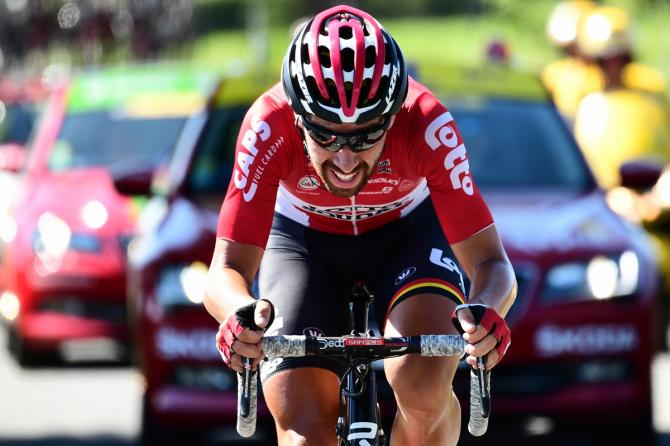
Persistence
Sometimes it’s the first attack and you’re away. There was one time, however, when it took 110 kilometres before the break finally went. There were at least 25 attacks. If it’s a flat stage then it just makes it so much harder because everyone can ride in your slipstream and they don’t need to push that hard to hold you back. Also, if lots of teams want to be in the break then it turns into one big war. At the Tour in 2017, it usually took a maximum of three attacks before I made it into the break but there were other days when it took 10 or more. If I’m lucky it takes one attack.
Know your frenemies
There's not really a clique of riders but you know when you’re at the start and in the neutralized zone, and riders are fighting. When you don't want to be in the break you're not going to be fighting for position, so when you see guys like [Sylvain] Chavanel or [Stephen] Cummings up then you know what they're planning. When they attack and you attack you've got a much bigger chance of getting away. Someone like Cummings is one of the strongest riders, so if he attacks I want to be with him. I try and look at the strongest guys, and if they start attacking or moving up then I do the same.
Get The Leadout Newsletter
The latest race content, interviews, features, reviews and expert buying guides, direct to your inbox!
At the Tour in 2017, there was one stage - I think it was the one that [Romain] Bardet won - where Cummings and I were near the front at the start of the stage and as we came over the start line we attacked immediately and we were gone. 10 more jumped across, but that was one of those moments when you look at each other and know to attack.
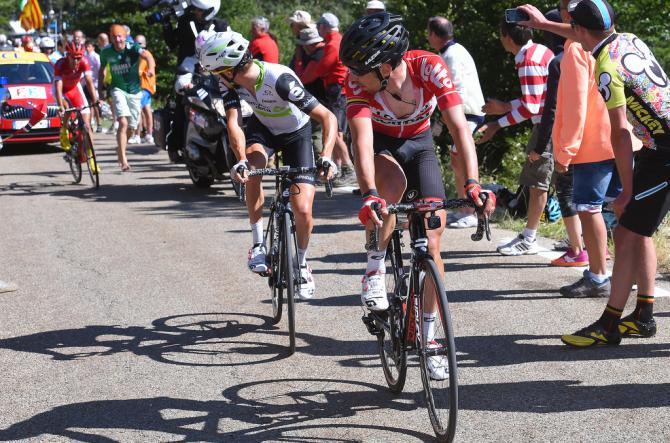
Listen to your body
Route is important but really it’s your body that decides if you go into the move. In the morning your body tells you what's possible because the evening before your body is usually wrecked from the previous stage and you can't really make any sort of decision at that point. If I'm looking at the profile the night before and it's flat then I know that I won't even bother because most teams will want a sprint finish but if it's a stage that suits me then I'll already start to feel motivated.
Cooperation
I don't think that riders will purposefully ride against me but there's a certain point in the break when you all realise that victory is possible. From there, it's normal that you try and ride against each other. People don't really tend to try and drop me early but once at the Tour du Romandie I was in a break and we had a long climb. I think there was a French guy from AG2R and he was afraid of having me in the break at the end. He saw that I was suffering and just went a little bit faster so that I was dropped. He just said he didn’t like having me in the break. Usually, we work well together and I do my work, like the others, until we’re in the finale.
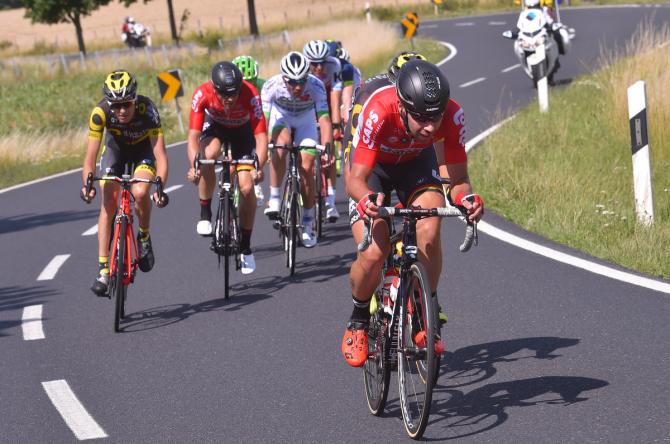
Play the finale
A lot depends on how big the gap is. If it’s a sizeable amount, then the finale could start from almost 40 kilometres out. At the Vuelta when [Maciej] Mohoric won and I was in the break the move started coming with around 20 kilometres to go. All of a sudden there was some hesitancy, some riders started to slow when they came to the front but at 25km to go everyone was still pulling, even though we had over 10 minutes.
When it comes to the finish, most of the guys in the bunch I think I can take in the sprint but you never want to take any risks. I’m not slow but I’m not super fast. Take someone like Alessandro De Marchi, for example, I know that he’s a strong rider but I know that he’s not super fast. I don’t know if I can beat him in a sprint so ideally I'd try and drop him but at the Vuelta I won in a sprint against some good guys. I'd rather finish alone, of course.
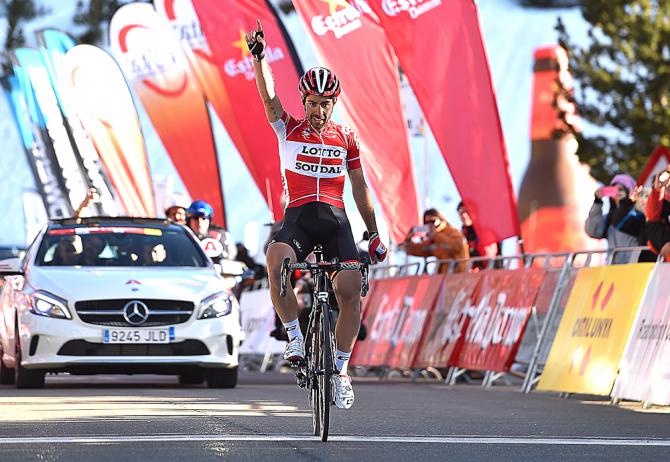
Daniel Benson was the Editor in Chief at Cyclingnews.com between 2008 and 2022. Based in the UK, he joined the Cyclingnews team in 2008 as the site's first UK-based Managing Editor. In that time, he reported on over a dozen editions of the Tour de France, several World Championships, the Tour Down Under, Spring Classics, and the London 2012 Olympic Games. With the help of the excellent editorial team, he ran the coverage on Cyclingnews and has interviewed leading figures in the sport including UCI Presidents and Tour de France winners.
